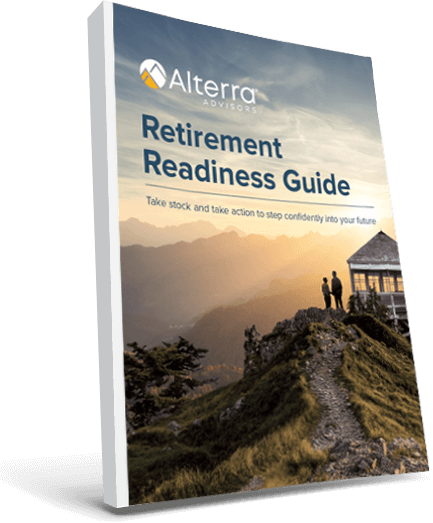In June, the Consumer Price Index report showed that inflation rose 9.1% in the last year, a level not seen in more than 40 years. Inflation has been the dominant economic theme of 2022, holding its high level for longer than many economists expected. In response, the Federal Reserve has increased interest rates much faster than they initially planned to in a move to combat high inflation levels. But there are signs that inflation could be seeing a peak.
There are signs that inflation may be in retreat.
Despite inflation remaining much higher than historical averages, there are some signs of relief. Commodity prices have declined in recent weeks. Fidelity aggregated a collection of notable declines:
- Bloomberg’s Commodities Index has declined 19% since its recent June high. The index tracks more than 20 commodities including livestock, metals, and energy.
- Oil prices dropped nearly 20% in July, down to $96 per barrel from its June high of $120.
- Wheat prices dropped nearly 40% from their high in mid-May, down to $8 per bushel from $13.
These price declines provide some relief at the grocery store and the gas pump, though you’re sure to see prices stay elevated for the near future, as supply-chain challenges persist.
Business cost growth also slowed. S&P Global reported that inflation on manufacturing for businesses across the globe dropped to a four-month low. Costs are still elevated, but this could indicate an inflation peak.
A recent decline in Treasury Inflation Protected Securities, bonds that protect against inflation, also show signs that inflation is widely expected to fall.
None of these are sure signs of what’s to come, but these markers indicate that inflation could be seeing its peak.
The Federal Reserve isn’t backing down.
The Federal Reserve efforts remain focused on combating inflation. Their most powerful tool in the fight against inflation is interest rates. As they increase interest rates, money becomes more expensive to borrow, businesses and consumers purchase less, and prices are driven downward. This isn’t an exact science but increases in rates tend to correlate to decreases in prices over time. For more on how and why, check out Inflation & the Federal Reserve.
The Federal Reserve increased the Federal Funds Rate by 0.75% in June and again this week, sizeable increases indicating their focus on inflation relief, with further increases planned throughout 2022-2023 as necessary. CNR reports a year-end target of 3.25%-3.5% and a 4% target by the end of 2023. For context, the long-term average is 4.61%, so while we’re still well below that average, we should expect to see further increases over the next 12-18 months.
Until inflation is in check, we should expect to see continued increases to the federal funds rate, which serves as a benchmark for many other rates like savings accounts, mortgages, and other loans. This means interest rates aren’t likely to decline significantly in the near future.
How does all this affect your portfolio?
With all the fear and uncertainty around inflation and interest rates, it’s natural to worry about how this affects your investment strategies. Concern grows that you may not reach your retirement goals, or that you might outspend your nest egg. These are important considerations to make, no doubt. How to respond depends on where you are in life: are you still building your retirement nest egg or are you spending from it?
If you’re still working, investing, and building, you have the gift of time on your side. You may find that the current market volatility presents opportunities, as we discuss in 6 Strategies to Make a Down Market Work for You. Here are just three of those tips:
- Put surplus cash to work. With the market decline, you can buy more shares in your portfolio at lower prices. It takes some fortitude to invest more during a down market, but history shows that it pays off.
- Accelerate investment to retirement or other long-term goals. Increasing your 401(k) contribution, making your annual Roth IRA contribution, or investing more in your child’s 529 plan all allow you to invest for the long-term while prices are low and reach those goals a little faster.
- “Harvest” losses to reduce taxes. Sometimes called tax-loss harvesting, you can sell investments that are down, replace them with similar investments, and use the loss to offset other investment gains.
If you’re taking income from your retirement nest egg, you’ll want to look at your income sources and buckets carefully. In Understanding Retirement Income, we explain why you should make sure your Safety, Income, and Growth buckets are appropriately stocked. This should be part of your regular financial planning and wealth management plan review but is particularly important during times of uncertainty. Clarity about your strategy can bring the confidence needed to ride through the kinds of tough times we’re facing this year.
Times of uncertainty and volatility, whether due to inflation, interest rates, or any other cause, often require more conversation, consideration, and review than those smooth years of growth. If you’re partnered with us here at Alterra, please reach out! We’re here for you through the ups and downs to ensure you have the clarity and certainty needed to reach your goals.
The “Alterra” name was coined by joining the Latin roots “alter”, the origin of the word “altruism” with “terra” meaning earth or land. This name reflects the company philosophy of “clients before profits” and providing firmly grounded advice.


